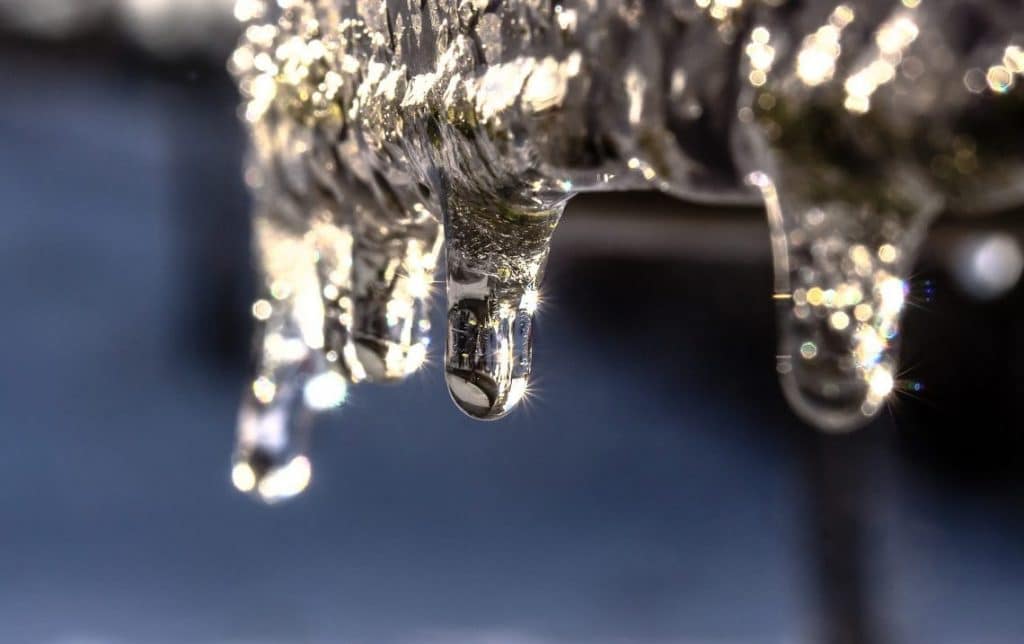Crucial Advice for Avoiding Frozen Plumbing in Cold Weather Conditions
Crucial Advice for Avoiding Frozen Plumbing in Cold Weather Conditions
Blog Article
Listed here down the page you can discover some sensible news about Winter Plumbing Precautions: Preventing Frozen Pipes.

Cold weather can wreak havoc on your plumbing, particularly by freezing pipelines. Below's just how to avoid it from occurring and what to do if it does.
Introduction
As temperatures drop, the threat of icy pipes increases, possibly causing expensive repairs and water damages. Comprehending just how to avoid frozen pipelines is essential for homeowners in chilly climates.
Comprehending Frozen Pipes
What creates pipes to ice up?
Pipes ice up when exposed to temperatures listed below 32 ° F (0 ° C) for extended periods. As water inside the pipelines freezes, it broadens, taxing the pipeline walls and possibly causing them to burst.
Risks and problems
Frozen pipes can cause water supply disturbances, residential property damage, and costly repair work. Burst pipes can flooding homes and trigger comprehensive architectural damage.
Signs of Frozen Water Lines
Identifying icy pipelines early can avoid them from breaking.
Just how to recognize frozen pipes
Search for decreased water circulation from taps, unusual odors or sounds from pipelines, and visible frost on exposed pipelines.
Prevention Tips
Insulating vulnerable pipelines
Wrap pipelines in insulation sleeves or utilize heat tape to secure them from freezing temperatures. Concentrate on pipes in unheated or external areas of the home.
Home heating techniques
Maintain interior areas sufficiently heated, particularly locations with plumbing. Open closet doors to allow warm air to flow around pipes under sinks.
Safeguarding Exterior Pipes
Garden pipes and exterior faucets
Disconnect and drain pipes yard hose pipes prior to winter. Set up frost-proof spigots or cover exterior taps with shielded caps.
What to Do If Your Pipes Freeze
Immediate activities to take
If you presume icy pipelines, maintain taps open up to soothe stress as the ice thaws. Use a hairdryer or towels soaked in warm water to thaw pipes slowly.
Long-Term Solutions
Architectural adjustments
Consider rerouting pipes away from outside wall surfaces or unheated areas. Include added insulation to attics, basements, and crawl spaces.
Updating insulation
Purchase premium insulation for pipes, attic rooms, and walls. Correct insulation assists keep constant temperatures and minimizes the risk of icy pipes.
Final thought
Preventing icy pipelines needs aggressive steps and fast responses. By comprehending the reasons, signs, and preventive measures, house owners can protect their plumbing during winter.
5 Ways to Prevent Frozen Pipes
Drain Outdoor Faucets and Disconnect Hoses
First, close the shut-off valve that controls the flow of water in the pipe to your outdoor faucet. Then, head outside to disconnect and drain your hose and open the outdoor faucet to allow the water to completely drain out of the line. Turn off the faucet when done. Finally, head back to the shut-off valve and drain the remaining water inside the pipe into a bucket or container. Additionally, if you have a home irrigation system, you should consider hiring an expert to clear the system of water each year.
Insulate Pipes
One of the best and most cost-effective methods for preventing frozen water pipes is to wrap your pipes with insulation. This is especially important for areas in your home that aren’t exposed to heat, such as an attic. We suggest using foam sleeves, which can typically be found at your local hardware store.
Keep Heat Running at 65
Your pipes are located inside your walls, and the temperature there is much colder than the rest of the house. To prevent your pipes from freezing, The Insurance Information Institute suggests that you keep your home heated to at least 65 degrees, even when traveling. You may want to invest in smart devices that can keep an eye on the temperature in your home while you’re away.
Leave Water Dripping
Moving water — even a small trickle — can prevent ice from forming inside your pipes. When freezing temps are imminent, start a drip of water from all faucets that serve exposed pipes. Leaving a few faucets running will also help relieve pressure inside the pipes and help prevent a rupture if the water inside freezes.
Open Cupboard Doors
Warm your kitchen and bathroom pipes by opening cupboards and vanities. You should also leave your interior doors ajar to help warm air circulate evenly throughout your home.

Do you like reading about How to prepare your home plumbing for winter weather? Leave feedback down the page. We will be happy to hear your opinion about this piece. We are looking forward to see you back again soon. Do you know about somebody else who is occupied with Winter Plumbing Precautions: Preventing Frozen Pipes? Take a moment to share it. Thanks so much for taking the time to read it.
Visit Url Report this page